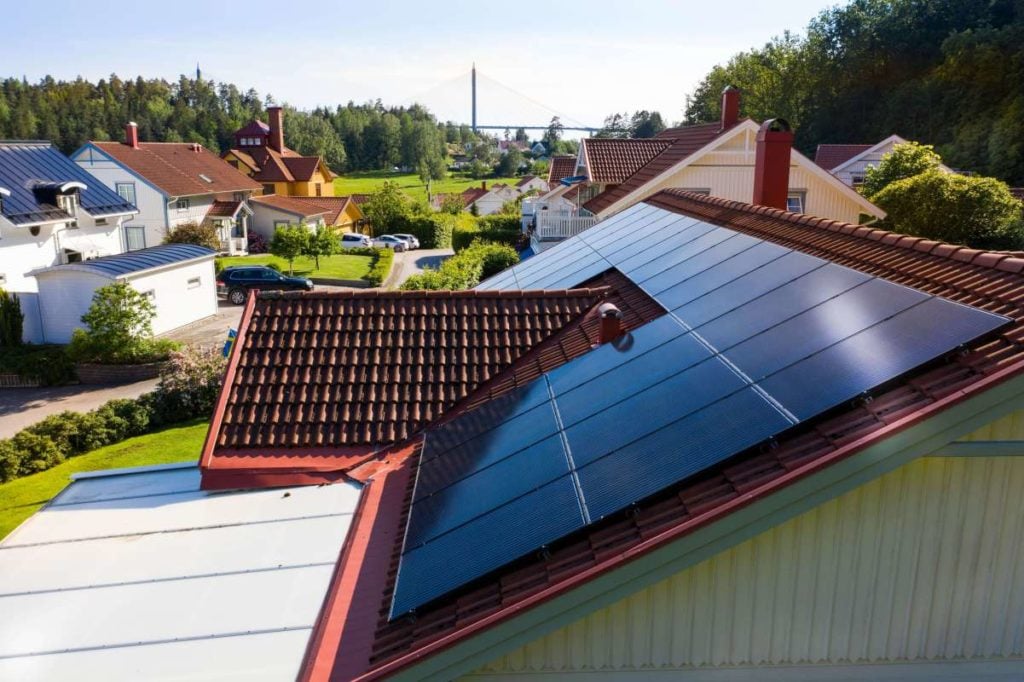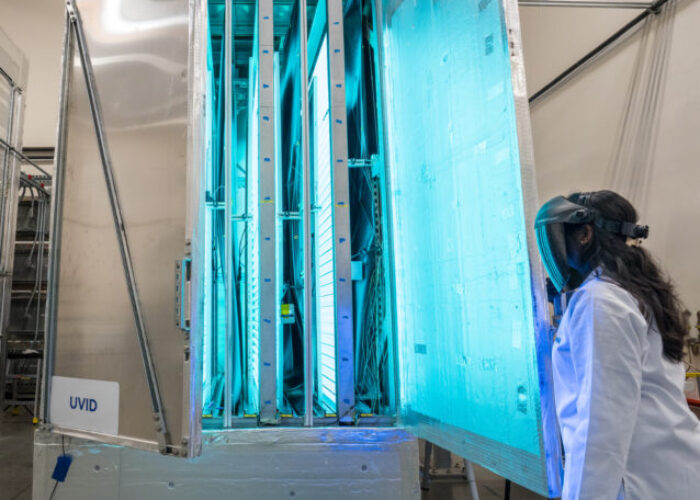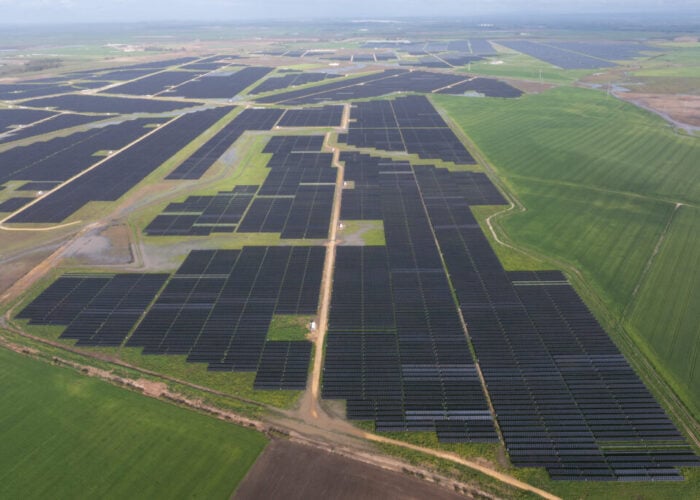
The building-integrated PV (BIPV) market is expected to reach US$94.4 billion by 2031, up from US$11.7 billion recorded in 2021.
The global market is projected to rise at a compound annual growth rate (CAGR) of 23.2% between 2022 and 2031 and will be driven by the increase in use of electricity and BIPV’s advantages in terms of power independce, according to research firm Transparency Market Research.
Try Premium for just $1
- Full premium access for the first month at only $1
- Converts to an annual rate after 30 days unless cancelled
- Cancel anytime during the trial period
Premium Benefits
- Expert industry analysis and interviews
- Digital access to PV Tech Power journal
- Exclusive event discounts
Or get the full Premium subscription right away
Or continue reading this article for free
Europe is expected to be driven by a positive outlook for renewables with the European Union accelerating the pace of its renewables installation, with a stronger rooftop deployment as a key element to meet REPowerEU’s targets.
In 2021, the continent accounted for more than 43% of the market share in BIPV, with a faster implementation in Italy and Germany according to the US-based research firm.
Meanwhile, the Asia-Pacific market will expand at a rapid pace until 2031 with Japan and China showing higher growth in BIPV.
The largest segment in 2021 was facade applications with nearly 48%, with demand especially strong in developed nations with “well-established electricity distribution systems”, most notably in the commercial market.
Crystalline silicon cells have dominated the market in 2021 making up 68% of deployment due to their high efficiency and low cost to install in rooftops.






